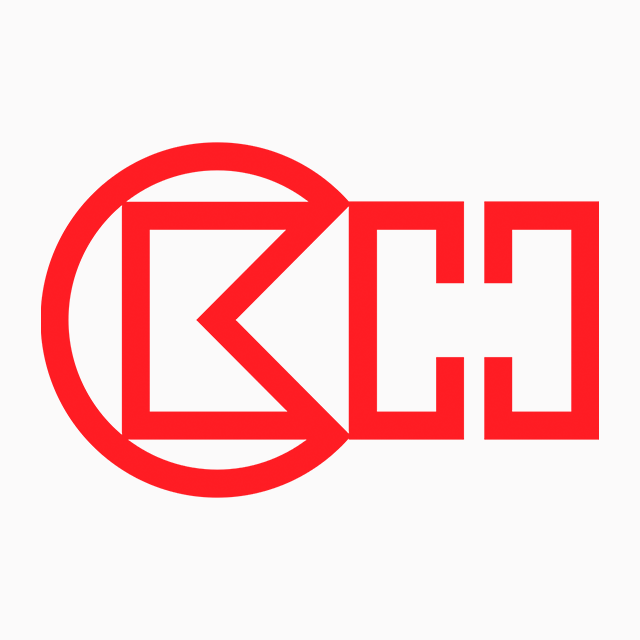Company Analysis Tak Lee Machinery Holdings Limited
1. Summary
Advantages
- Dividends (15.32%) are higher than the sector average (6.16%).
- The stock's return over the last year (60%) is higher than the sector average (-29.31%).
Disadvantages
- Price (0.208 HK$) is higher than fair price (0.0554 HK$)
- Current debt level 2.58% has increased over 5 years from 0%.
- The company's current efficiency (ROE=1.6%) is lower than the sector average (ROE=5.89%)
Similar companies
2. Share price and performance
2.1. Share price
2.3. Market efficiency
| Tak Lee Machinery Holdings Limited | Industrials | Index | |
|---|---|---|---|
| 7 days | -1.9% | 2.7% | -1.5% |
| 90 days | 3.5% | -29.9% | -0.7% |
| 1 year | 60% | -29.3% | 30.5% |
2102 vs Sector: Tak Lee Machinery Holdings Limited has outperformed the "Industrials" sector by 89.31% over the past year.
2102 vs Market: Tak Lee Machinery Holdings Limited has outperformed the market by 29.48% over the past year.
Stable price: 2102 is not significantly more volatile than the rest of the market on "Hong Kong Exchanges" over the last 3 months, with typical variations of +/- 5% per week.
Long period: 2102 with weekly volatility of 1.15% over the past year.
3. Summary of the report
4. Fundamental Analysis
4.1. Stock price and price forecast
Above fair price: The current price (0.208 HK$) is higher than the fair price (0.0554 HK$).
Price is higher than fair: The current price (0.208 HK$) is 73.4% higher than the fair price.
4.2. P/E
P/E vs Sector: The company's P/E (18.91) is lower than that of the sector as a whole (21.8).
P/E vs Market: The company's P/E (18.91) is lower than that of the market as a whole (44.35).
4.2.1 P/E Similar companies
4.3. P/BV
P/BV vs Sector: The company's P/BV (0.302) is lower than that of the sector as a whole (1.25).
P/BV vs Market: The company's P/BV (0.302) is lower than that of the market as a whole (1.59).
4.3.1 P/BV Similar companies
4.4. P/S
P/S vs Sector: The company's P/S indicator (0.4797) is lower than that of the sector as a whole (1.56).
P/S vs Market: The company's P/S indicator (0.4797) is lower than that of the market as a whole (2.64).
4.4.1 P/S Similar companies
4.5. EV/Ebitda
EV/Ebitda vs Sector: The company's EV/Ebitda (2.74) is lower than that of the sector as a whole (7.89).
EV/Ebitda vs Market: The company's EV/Ebitda (2.74) is lower than that of the market as a whole (9.93).
5. Profitability
5.1. Profitability and revenue
5.2. Earnings per share - EPS
5.3. Past profitability Net Income
Yield Trend: Negative and has fallen by -17.24% over the last 5 years.
Accelerating profitability: The return for the last year (0%) exceeds the average return for 5 years (-17.24%).
Profitability vs Sector: The return for the last year (0%) exceeds the return for the sector (-5.09%).
5.4. ROE
ROE vs Sector: The company's ROE (1.6%) is lower than that of the sector as a whole (5.89%).
ROE vs Market: The company's ROE (1.6%) is lower than that of the market as a whole (2.87%).
5.5. ROA
ROA vs Sector: The company's ROA (1.43%) is lower than that of the sector as a whole (3.09%).
ROA vs Market: The company's ROA (1.43%) is lower than that of the market as a whole (3.12%).
5.6. ROIC
ROIC vs Sector: The company's ROIC (0%) is lower than that of the sector as a whole (0%).
ROIC vs Market: The company's ROIC (0%) is lower than that of the market as a whole (20.88%).
7. Dividends
7.1. Dividend yield vs Market
High yield: The dividend yield of the company 15.32% is higher than the average for the sector '6.16%.
7.2. Stability and increase in payments
Dividend stability: The company's dividend yield 15.32% has been steadily paid over the past 7 years, DSI=0.86.
Weak dividend growth: The company's dividend yield 15.32% has been growing weakly or stagnant over the past 5 years. Growth over only 0 years.
7.3. Payout percentage
Dividend Coverage: Current payments from income (70.56%) are at a comfortable level.
Pay for your subscription
More functionality and data for company and portfolio analysis is available by subscription




